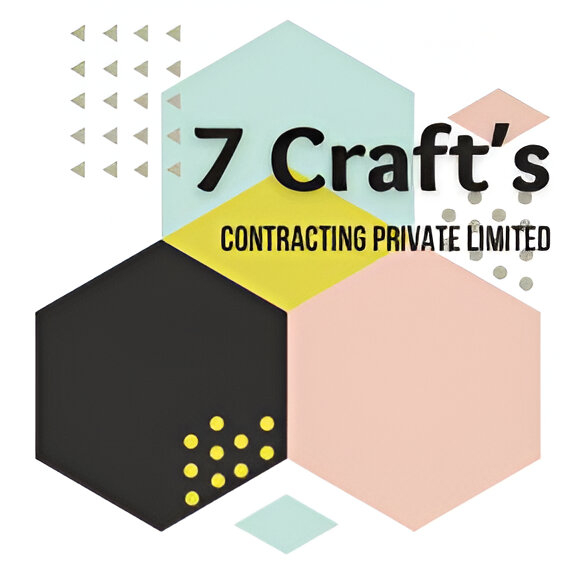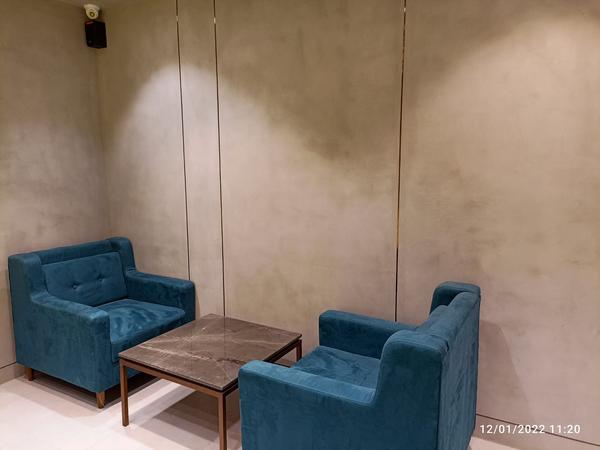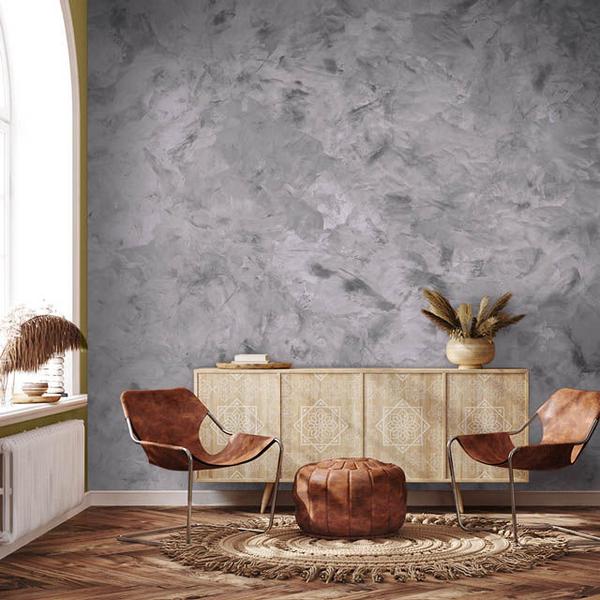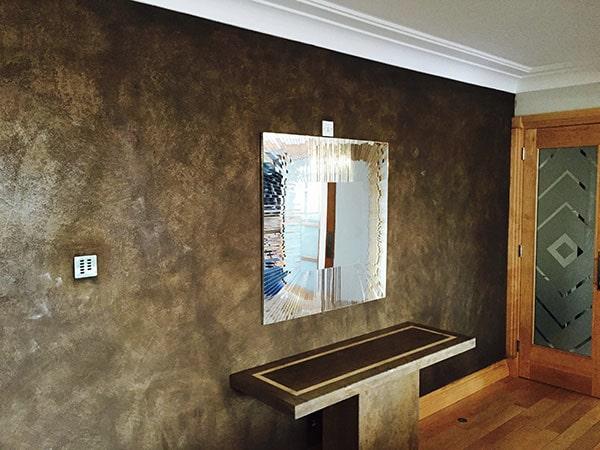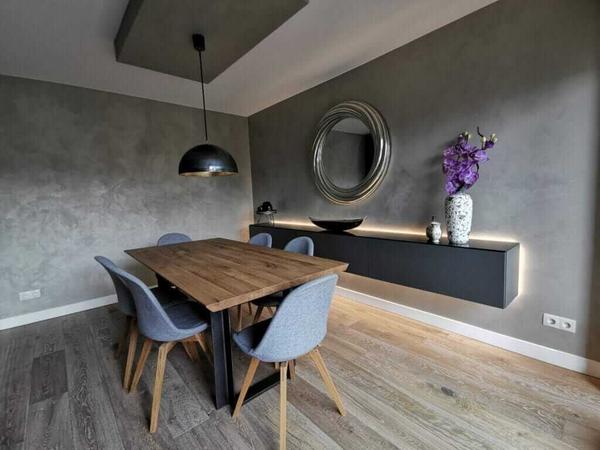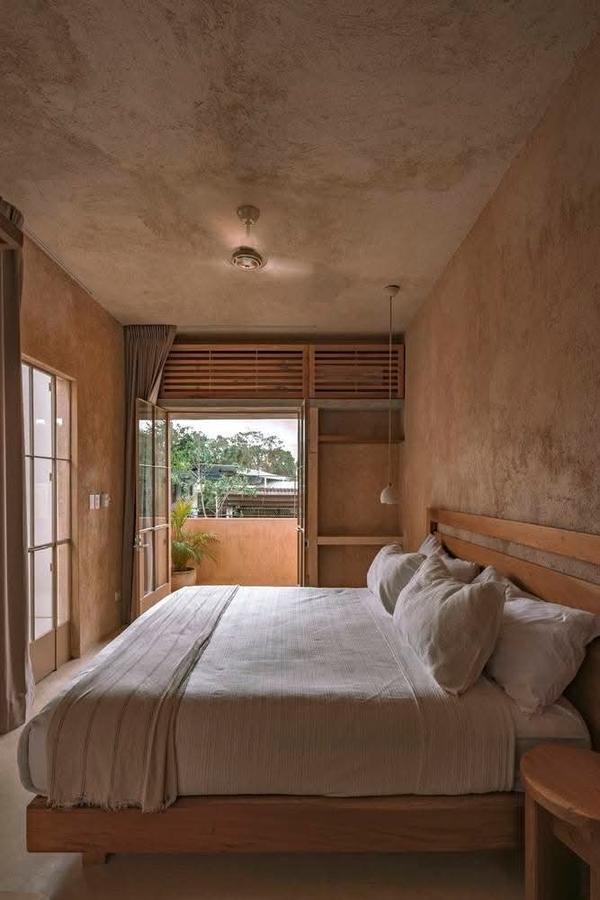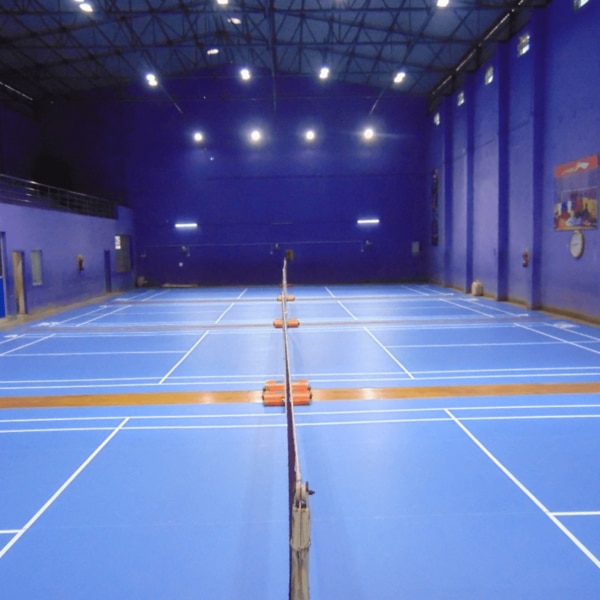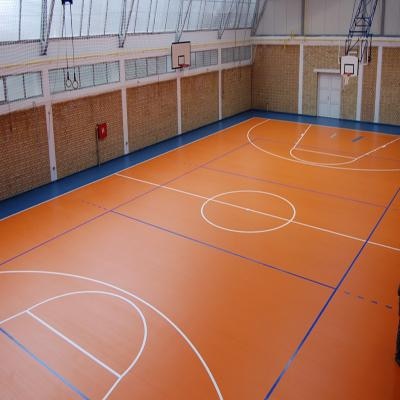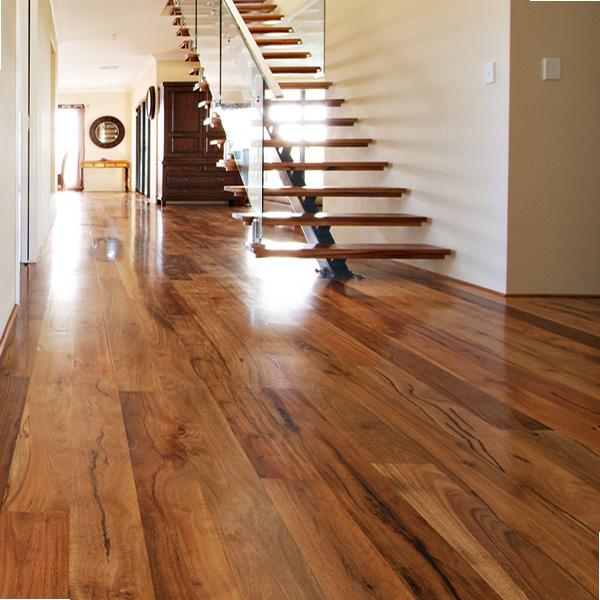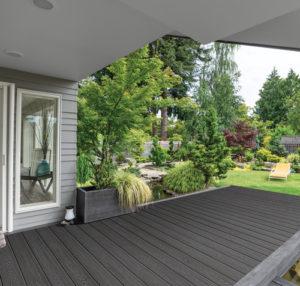Lime plaster is a natural, environmentally friendly building material used for centuries to coat interior and exterior walls. It's made from a mixture of lime, water, and aggregate, and is known for its breathability, durability, and ability to absorb moisture. Unlike modern plasters, lime plaster is made from natural materials, making it a sustainable and eco-friendly choice. Here's a more detailed look at lime plaster: Composition: Lime: The primary binder, derived from limestone. Water: Used to activate the lime and create a workable paste. Aggregate: Often sand, which adds bulk and texture to the plaster. Key Properties: Breathability: Lime plaster allows moisture to pass through it, preventing condensation and mold growth. Durability: It hardens over time through a process of carbonation, creating a strong and long-lasting surface. Moisture Management: Its porous nature enables it to absorb and release moisture, helping regulate humidity levels. Self-Healing: Lime plaster can, to some extent, self-heal minor cracks that may develop. Environmental Benefits: It's a carbon-neutral material, as it absorbs carbon dioxide during the hardening process. It's also biodegradable and doesn't release harmful substances. Aesthetics: Lime plaster can be applied in various textures and finishes, offering a range of decorative possibilities. Applications: Interior and Exterior Walls: Lime plaster is commonly used for coating walls in both residential and commercial buildings. Restoration: It's a popular choice for restoring historic buildings due to its compatibility with traditional materials. Decorative Finishes: Lime plaster can be used to create a variety of decorative effects, from smooth and polished surfaces to textured and patterned finishes. Considerations: Drying Time: Lime plaster takes longer to dry than modern gypsum plaster, potentially requiring several days or even weeks depending on conditions. Application: It requires specific techniques and skills to apply properly. Cost: Lime plaster may be more expensive than some modern plaster options.
